- March 28, 2019
- Parisian theatre
- Amanda Mehtala
Blog last updated on the 06/25/2025.
Early life - from Romania to Paris and back again
When he was a young child, Eugène moved to Paris with his Romanian parents so his father could pursue a doctorate degree in law. Shortly thereafter, however, Romania entered war with Germany and Austria-Hungary, and his father was called back to his home country to join the war efforts. After years go by without a word, Eugène’s father was presumed dead, when in fact he had managed to divorce and remarry in Bucharest. The family remained in Paris, his mother worked odd jobs to keep the family afloat, but after a time Ionesco was sent with his sister to live with extended family in the French countryside. After 15 joyful years, Eugène discovered his father to still be alive, and he departs with his siblings to return to his home country they had left so many years before. Instead of a happy reunion, however, Ionesco fell upon his father’s traditional nature and harsh disapproval of his passion for literature, the two would never be close. From 1928 to 1934, Ionesco completed his studies in Bucharest, where he would meet his future wife, Rodica Burileanu. The two married upon the completion of his studies, and he began teaching French while writing poetry, novels, and literary critiques.
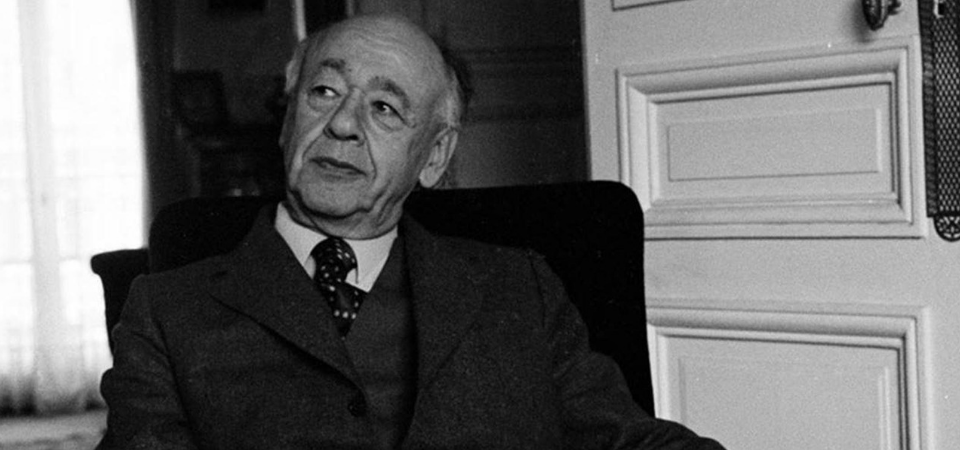
Political instability and a hardened return to Paris
Upon receiving a prestigious scholarship, Ionesco decided to return to Paris to complete his doctorate on modern poetry, enabling him to escape Romania once again as the country drew deeper into civil unrest. As someone with Romanian descent living in France during World War II tensions, Ionesco was able to escape the Romanian draft by serving as Press Secretary for the Romanian Embassy in Vichy, France, where his first and only child was born. Post-war, Ionesco lost his prestigious secretarial position and the family suffered a difficult financial period, during which Ionesco was forced to work at a local editor. Correcting the writing of others left him little time to produce his own work, but little did he know he was holding a secret weapon up his sleeve.
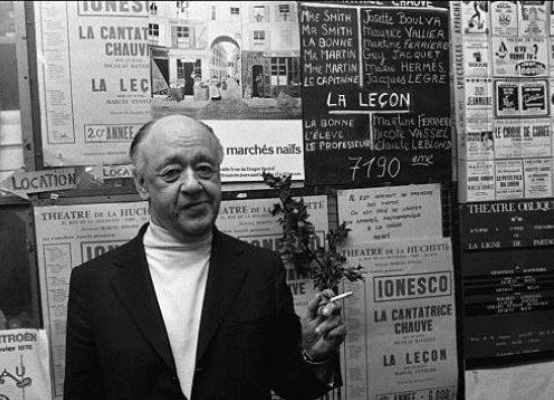
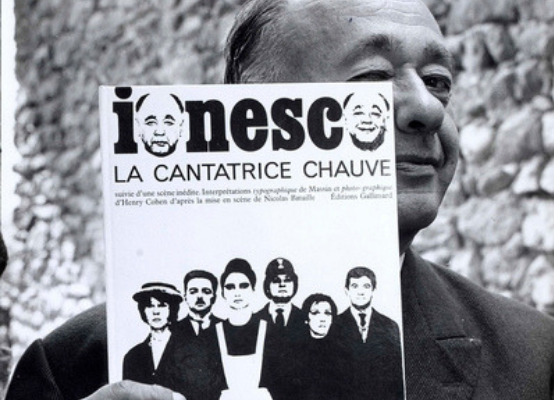
Entrance into the theatrical world
By 1950, Ionesco’s life took a turn for the better, he obtained French citizenship and saw the premiere of his first original play, The Bald Soprano. The premiere was far from a success, but gained the attention of a few important critics who would skyrocket his career in the years to come. Quickly continuing with The Lesson and Jacques or the submission, the uniquely absurd style of Ionesco’s plays quickly earned him a leading position among the world’s emerging absurd playwrights. Ionesco never appreciated his work being called absurd, however, feeling that the term reduced a piece into a single category. Throughout the 1950s, Ionesco continued to produce many theatrical pieces, enough to finally live off his own work. In 1957, the Théâtre de la Huchette adopted 2 of his absurd plays back to back, The Bald Soprano and The Lesson have been playing non-stop in this venue ever since. Throughout the 1960s, Ionesco’s work gained recognition on an international scale, and many of his plays were performed on stages across Europe, in London, Berlin, Dusseldorf, even in Romania.
Later life and legacy
In 1970, Eugène Ionesco saw the institutional confirmation of his success as a writer, he became a member of the prestigious Académie Française, invited by longtime friend and supporter Jean Paulhan. Throughout the late 1970s, Ionesco increasingly infiltrated himself into varying political groups, attracted by their absurdity in nature, and inadvertently earning himself a hardened right-wing sympathizer. Ionesco succumbed to his ailments at the age of 84, and was buried with his wife at the Montparnasse Cemetery in Paris, you can visit his tomb to this day.
Considered the uncrowned king of absurd theatre, Ionesco remains one of France’s greatest playwrights of the 20th century alongside the likes of Samuel Beckett. Much of the absurdity in his work sought to mock modern society, much like many Molière pieces, yet with an approach entirely his own. This very absurdity highlights the solitude and insignificance of man’s existence. He was outspoken in his dislike of the term absurd, largely preferring to categorise his works as bizarre or unusual, arguing that while the term ‘absurd’ evoques nonsense and incomprehension, unusual instead lends to a marvelling of the strange and unknown. While he is often reduced down to the author of his two most celebrated pieces, often the remainder of his large opus is forgotten, from novels and political essays, to diaries and autobiographies. To this day, we have trouble classifying his contributions, as an author of classics, a playwright, a critic, a novelist...the list goes on.
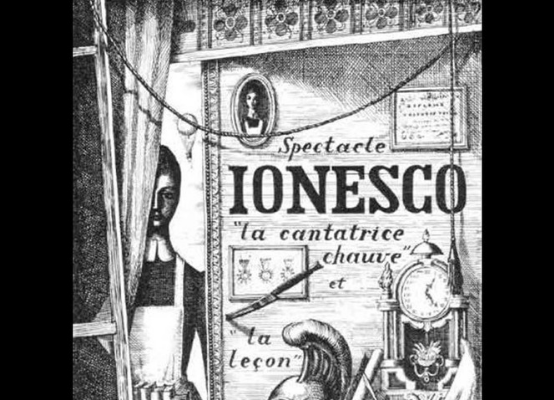
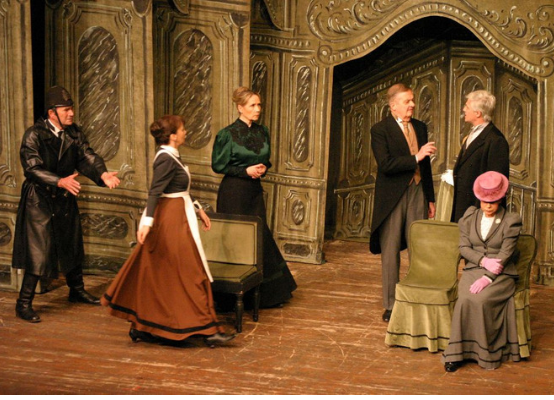
Discover the unusual world of Eugène Ionesco for yourself, in his world record plays at the intimate Théâtre de la Huchette in Paris’ Latin Quarter. Since 1957, The Bald Soprano and The Lesson have been continuously performed in this historic venue, with minimal changes to the plays’ original staging. You can opt to see the shows individually, or see both in one evening with the Ionesco package. For over 60 years the Ionesco shows have called the Théâtre de la Huchette home, with no intentions of stopping anytime soon. The performances have become a Parisian institution themselves, performed in French and now featured weekly on Wednesday evenings with English subtitles.





